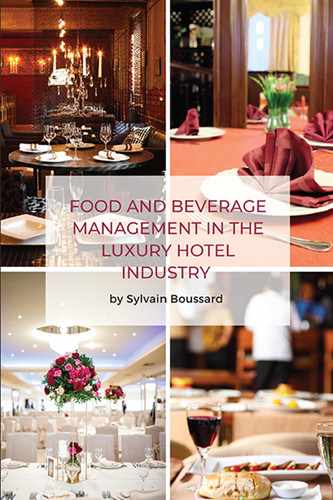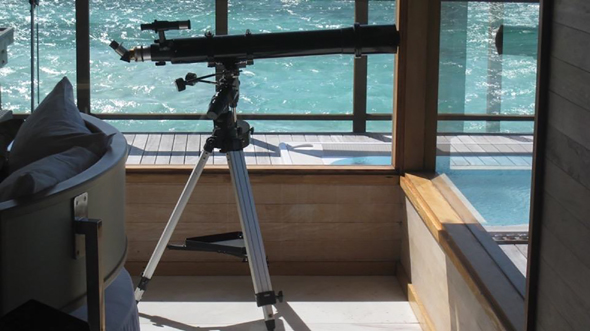Keywords |
|
Career Customer Dining Grooming Hotelier Location |
Management Resort Service Standards Stars |
As this book highlights food and beverage management in luxury establishments, the first question to be addressed is: what is a luxury hotel made of?
Today, the word luxury has been so overused that it is sometimes quite complicated for the customer to understand what to expect in terms of service and facilities: for example, a five-star hotel in Panama or Hong Kong may differ from one another completely, in terms of quality of service, facilities, pricing, and many other aspects.
And, what to say of countries such as France that have altogether different classification systems such as palaces? To make things even more complicated, some countries mostly rely on guest comments, while again, in France’s example, strict regulations must be followed in order to access a certain level of stars; those are determined by the Minister of Tourism through Atout France.1
Based on years of observations and numerous interactions with luxury hotel guests, I can safely say that luxury is made of three main components:
• The staff: Without their efforts and willingness to please others, there simply cannot be any positive guest experience.
• The hotel’s facilities: Just like a luxury car is expected to have leather seats and many other quality features, a luxury hotel definitely needs to have certain physical assets that differentiates it from a budget or three-star hotel.
• Clearly defined processes that constantly and consistently exceed customers’ expectations, they are referred to as standards in the hospitality industry.
Just as in a kitchen recipe, high-quality ingredients are necessary to obtain a great result, but the right mix and perfect execution of the recipe are also key factors for success.
Once the three ingredients are all in place, staff, facilities and processes, the ability to transform these into luxury will greatly depend on the management team in place. Following are the detailed descriptions and examples of the three ingredients for success.
Staff
A beautifully equipped hotel with a spa, latest in-room technology, fine-dining restaurant, 24-hour room service, which has poorly or no trained personnel, or even worse, unwelcoming and demotivated staff, may be presented in its brochure or website as a luxury establishment, but will not result in a luxury guest experience.
Staffing is the most important attribute of any luxury hotel or restaurant operation; it is also the most complex mix to achieve. Training and experience are only part of the equation. As written earlier, and I know most of my colleagues in the luxury hotel business agree with me: attitude prevails over skills.
A career in the luxury hotel business, which is highly demanding, is simply not suited for everyone. Let us face it, to accomplish a luxury service and exceed guests’ expectations is not an easy thing to achieve: it requires repetition, patience, learning through failure, and a great amount of resilience. One thing a hotelier must always keep in mind is that luxury hospitality is essentially a people-to-people business, and hotel guests pay a premium price to receive a consistent high-quality service. Every one of us may have good days and not so good days, but our main duty as hoteliers is to ensure our guests receive an excellent service throughout their stay, no matter the situation or the hour of the day. Individual attitude and predisposition, therefore, play an enormous role in achieving guest satisfaction. In order to deliver consistent service quality, the best way is to imagine you are going on stage every time you start a shift: focus, the stage is all yours, perform as best as you can, put on your best smile! Many times, as described in the short stories throughout the book, improvisation will be required, it is part of the game, and this is how experience is gained.
Being open to others and their distinctive cultures, being empathetic, with a built-in desire to please, not afraid to give a smile away even when under enormous pressure: those are the basic attributes required for anyone wishing to succeed in a career in the luxury hotel industry.
These points bring us to the subject of managing interviews of potential candidates: there are certain staff attributes that should be sought after, regardless of the number of years one has worked in five-star hotel or palace, although it does have its importance too. Following is a non-exhaustive list, in order of importance:
• On stage attitude.
• Desire to please others.
• Efficiency: Acquire a Swiss knife approach to challenges, possess a solution-driven mind is a required quality, when most of the concept of guest service is based on finding ways to resolve issues that inevitably arise during hotel stays.
• Impeccable grooming and personal presentation.
• Well-developed communication skills.
• Honesty, integrity.
• Ability to work in multicultural teams.
• Knowledge of different languages.
• Highly developed memory skills, useful to remember repeat guests and greet them by their name.
• Discretion, as guest contacts are numerous. Housekeeping staff, for example, should take great care when handling personal belongings in the guest’s room. The same could be said about restaurant waiters who should keep a neutral distance when overhearing personal conversations.
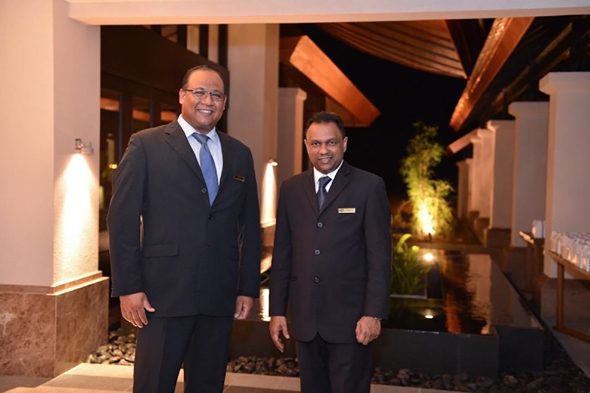
Figure 1.1 Grooming and personnel presentation, one of luxury hospitality’s basics
Facilities
Facilities include many important features of any luxury hotel, starting with a prime location. As Ellsworth Statler, father of the modern hotel industry, said, there are three important factors in the hotel business: location, location, and … location.2 The building quality, as well as the upkeeping of its public areas, will also be determinant. Here are some international standards of facilities expected in a luxury hospitality establishment:
• King-sized bed is the norm, with a firm mattress and natural fiber sheets.
• At least two generous and fluffy pillows, made of natural fibers. Many luxury hotels offer pillow menus, enabling the guest to choose from different grades of firmness and sizes.
• Large windows, featuring natural lighting, high-quality curtains blocking out the light for a peaceful sleep.
• The room should be spacious enough, for instance, a room at the Plaza Athénée in Paris is 270 square feet.3
• Design and furnishings should be of high quality and well maintained.
• Air control should be silent and efficient. In some
high-altitude hotels, oxygen is even piped into the rooms at guest’s request, for an additional fee. This is the case at the Hotel Monasterio in Cusco, Peru, located in the Andes, at 11,000 feet altitude.
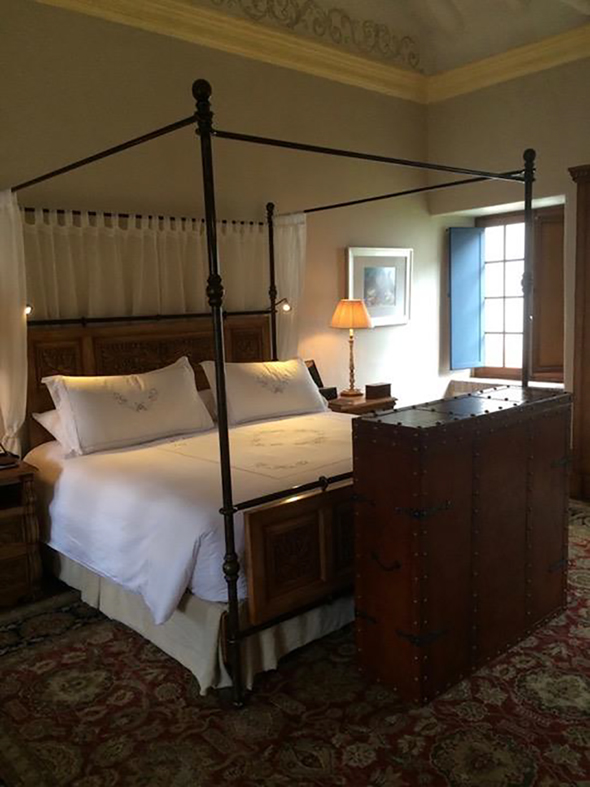
Figure 1.2 Standard room at Belmond Hotel Monasterio, Cusco, Peru
• Overall, there should not be any cheap touches, and original art should be displayed on the walls.
• Special attention to small aesthetics details is key too, for example, no electric cables should be visible.
• Technology: Use of technology is a must have for any modern luxury hotel, with one main goal in mind: increasing the guest’s comfort and security. There are numerous examples
of technology use in the luxury industry: radio frequency identification (RFID) room keys, central control of air conditioning, heating units and lighting, vocal assistants, and many others.
• Storage space: There should be a dedicated space for storage of the guest’s personal belongings, including an electronic personal safe, and quality hangers, not the anti-theft ones, or made of thin plastic.
• A comfortable reading chair should be available, as well as a desk and quality stationary.

Figure 1.3 Suite furniture at the Conrad Maldives Rangali Island
• An expresso coffee maker, with a choice of premium coffee, including decaffeinated, and a selection of whole-leaf premium teas.
• A full length mirror.
• Quality bathrobes and slippers.
Figure 1.4 A private telescope awaits each suite guest at the Conrad Maldives Rangali Island
Bathroom
• Enough space should be available.
• Marble or tiles without chips and regularly polished.
• A bathtub, which should large enough to comfortably accommodate two guests.
• A high-quality shower, with strong water pressure and easy-to-operate temperature controls.
• Luxury branded amenities, including bar soap.
• An effective ventilation.
• Double sinks.
• High-quality terrycloth, and large towels.
• Bidets for Europe, toto toilet in Asia.

Figure 1.5 Stylish bathroom at Conrad Maldives Rangali Island
Activities that are proposed in a luxury hotel, with free or paying access, are also a key factor for the guest. Here are the most common ones found in five-star hotels and palaces:
• Access to a fitness center, including a spa, gym, and a heated swimming pool
• A concierge service, a guest relation service department
• A main lobby, with access to free Wi-Fi
• Free and easy to operate Wi-Fi, available throughout the property
• Laundry and dry-cleaning service available 24 hours a day
• Babysitting and pet sitting service available 24 hours a day
• Outstanding dining, featuring modern and updated food and beverage concepts
• A great breakfast, included in the room rate
• A 24-hour room service
• Complimentary touches: Free coffee in lobby, early check in or late check out, use of fitness center, free local phone calls

Figure 1.6 Private swimming pool at the Conrad Maldives Rangali Island
Processes
The hospitality industry, in pursuit of permanent consistency, relies on quality standards that help ensure guest service processes are carried out in a systematic way. The best example in the luxury industry is a worldwide used set of standards called the Leading Hotels of the World quality assurance.4
Common service standards in luxury hotels
• Luggage delivered in room in less than 10 minutes after the check in
• Express check in and check out available
• Turndown service
• 24-hour efficient room service, with a complete food and beverage offer
• Call guest by their last name
• Answer the phone in less than three rings
• Serve a main dish no more than 15 minutes after it has been ordered
The goal of these standards is to maximize guest satisfaction, through effortless planning: room reservation processes, check in and check out procedures are made the simplest possible for the guest. The ultimate luxury resource nowadays is time, and luxury travelers agree to pay a premium price to avoid waiting in line or filling paperwork.
Renowned luxury hotels around the world |
|
The Americas • The Pierre, New York City • The Copacabana Palace, Rio de Janeiro, Brazil • Hotel Monasterio, Cusco, Peru • The Beverly Hills Hotel, Los Angeles • Palau Duhau, Park Hyatt Buenos Aires, Argentina |
Europe • Hotel Peninsula Paris, France • The Dorchester London, United Kingdom • Belmond Cipriani Hotel Venice, Italy • Beau Rivage Palace, Lausanne, Switzerland • Hotel Adlon Kempinski Berlin, Germany |
|
• Amman Kyoto, Japan • The Peninsula, Hong Kong • The Empire Hotel, Brunei • Shangri-La Kuala Lumpur, Malaysia • Bulgari hotel Beijing, China |
Africa and Middle East • Burj Al Arab, Dubai • Six Senses Zighy Bay, Oman • Belmond Mount Nelson, Cape Town, South Africa • Mandarin Oriental Marrakech, Morocco • Four Seasons Riyadh at Kingdom Centre, Saudi Arabia |
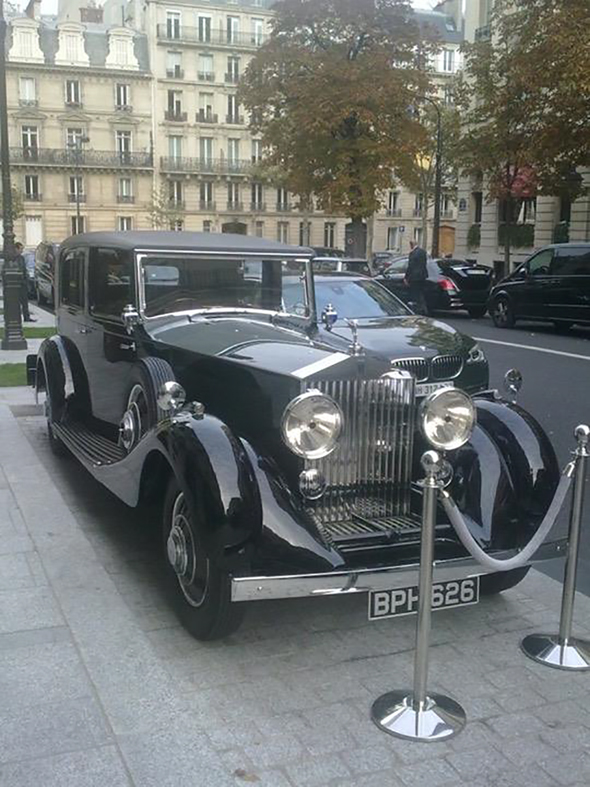
Figure 1.7 Airport transfers in style, to and from The Peninsula Paris
Luxury hospitality’s inside story: the birth of a luxury hotel, making of a Maldivian pearl
Ask any hotelier about opening luxury hotels, the answer will probably be that it is one of the most interesting experiences one can have, but also the most challenging. A million things need to be checked, numerous deadlines have to be respected, in order to be able to offer a finished luxury product, and a corresponding set of services, on the announced opening date, as the first guests check in.

Figure 1.8 First foundations of the future luxury Vilamendhoo Island Resort
That is far from easy to achieve, and even more so in remote locations such as the Maldives,5 a unique luxury destination in the Indian Ocean, made up of hundreds of islands, which are separated by hours of transportation, either by boat or sea plane. There are many hurdles on the path to the opening of a new hotel. For example, keeping the tight construction deadlines, getting the construction materials to the site, selecting and purchasing the equipment and furniture, recruiting the staff prior to the opening, form the most important ones. In addition to these challenges found in any conventional hotel opening, resorts in the Maldives are built on very small areas of sand, in the middle of the ocean. This explains why Maldivian resorts are mostly made out of wood, a material that is much lighter than cement and bricks. This has an advantage, as wooden structures usually take much less time to build than concrete made structures. For example, The Vilamendhoo Island Resort, located in the South Ari island atoll, was built in just over a year, a record amount of time for building any hotel structure.
In the Maldives, there are no guests walking in the hotel without a reservation, or walk-ins as they are called in the industry, so independently owned establishments and chains rely very heavily on travel agencies and tour operators. Their main role is to sell rooms; hence, their concerns are not with the day-to-day construction work. Contracts are signed between hotel chains and tour operators, and the greatest possible number of hotel rooms are booked months ahead of time. Penalties for canceling or changing guest dates of stay are usually very steep, so most hoteliers will have to honor them, even if the hotel is halfway built. That was the case in the example described in this story.
Vilamendhoo Island Resort is set on a 3,000 by 600 feet strip of sand, and offers 220 rooms, spread out on and around the tiny island. On the opening day, only about half the rooms were built, so there was no other choice but to split the island in two: one side for guests and the other side for construction workers.
As you can imagine, the two sides did not blend very well, and understandably, many guests complained of the noise and the lack of access to half of the island, and rightfully rated the hotel below luxury standards!
The main lesson learned out of this experience, which is easy to write but far harder to actually achieve: when planning a hotel opening, always allow for some consequent buffer time, as trying to fill up a hotel or restaurant when it is only partly built is not only an operational nightmare, but can also have a devastating effect on your reputation and image.
It will also bring unnecessary stress on your opening team, having to deal with many—justified—customer complaints.
Figure 1.9 The 220-room luxury resort on Vilamendhoo island
Now that we have defined the main attributes of a luxury hotel, it is time to take a detailed look at the food and beverage industry.
1 France Tourism Development Agency, which promotes the country as a tourist destination. It also oversees the attribution of stars to hotels, following strict regulations.
2 https://rockcheetah.com/blog/hotel/a-new-location-location-location-for-the-hotel-industry/
3 https://dorchestercollection.com/en/paris/hotel-plaza-athenee/rooms-suites/classic-guestroom/
4 The Leading Hotels of the World established its product and service standards through Leading QualityAssurance, a company that conducts anonymous property inspections for the world’s most prestigious hospitality organizations. The detailed point system is designed to cover all phases of the guest experience, from making a reservation to checking out, including every aspect of the property itself from reception, to the back of the house. https://lhw.com/corporate/standards
5 Maldives, officially the Republic of Maldives, is a small archipelagic island country in South Asia, situated in the Arabian Sea of the Indian Ocean. It lies southwest of Sri Lanka and India, about 700 kilometres (430 miles) from the Asian continent’s mainland. The chain of 26 atolls stretches from Ihavandhippolhu Atoll in the north to Addu Atoll in the south to the Equator. Comprising a territory spanning roughly 298 square kilometres (115 square miles), the Maldives is one of the world’s most geographically dispersed sovereign states as well as the smallest Asian country by land area and population (Wikipedia).
